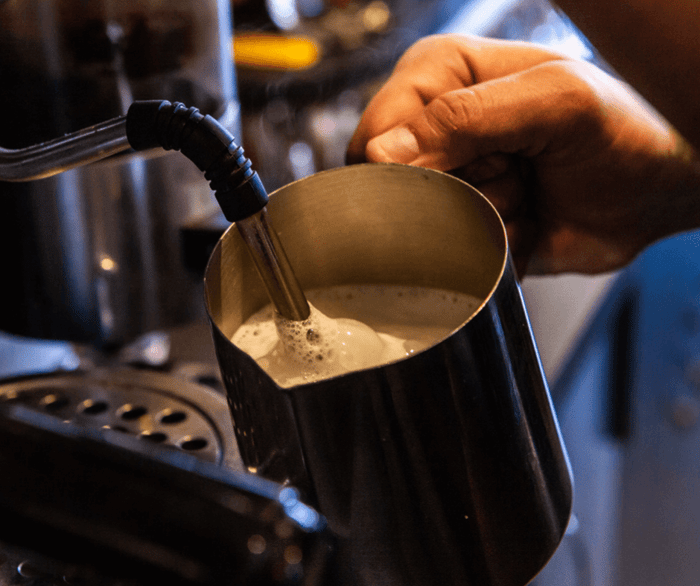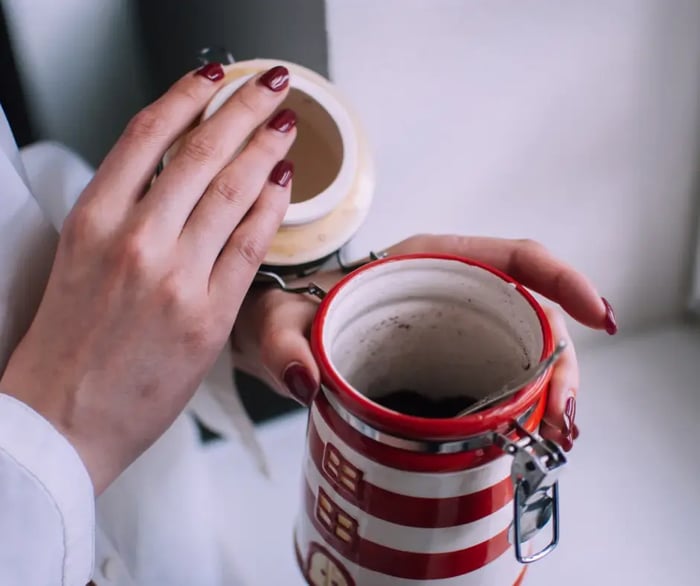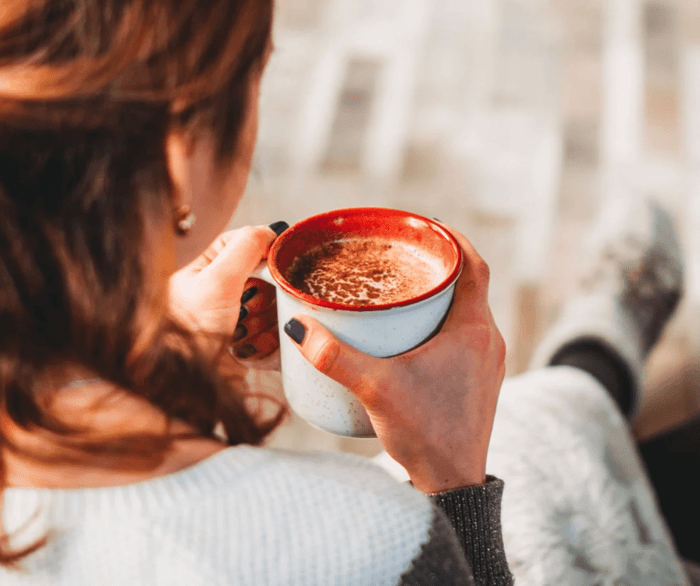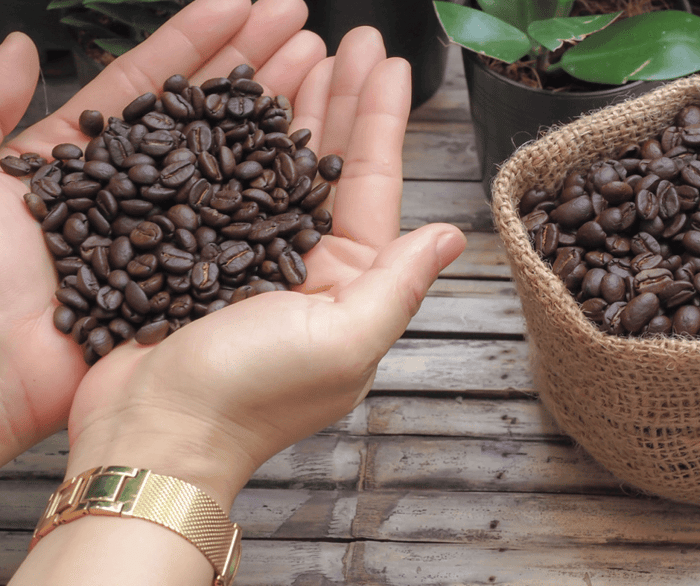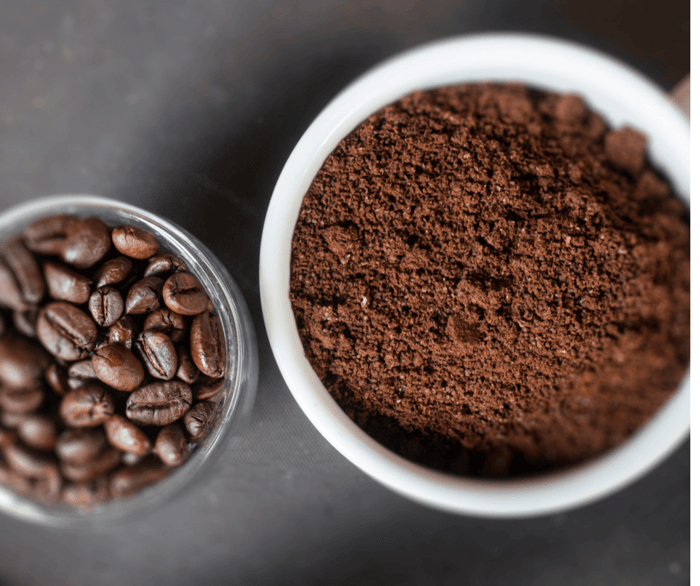A cup of coffee. What could be simpler?
Well... to be honest, a lot of things.
If you take a closer look, there's a lot of fascinating science going on in that coffee cup.
Coffee is an extremely complex beverage with many different flavor compounds. And its flavor can be affected by many different factors. That's why, while coffees all come from the same plant (Coffea), they can have many unique "notes"—earthy, fruity, nutty, chocolatey, and so on.
Some coffees from certain regions can have floral notes that make them taste like roses, chamomile, jasmine, orange blossom, or other flowers.
But where do these flowery flavors come from?
And why is it that some coffees have pronounced floral flavor notes, while plenty of other coffees don't taste any kind of floral flavor at all?
Here’s Why:
Those floral notes in your coffee beans actually come from the fragrance of the flowers of the coffee plant. (Yep, there are coffee flowers!)
Coffee blossoms can have different scents, but some varieties have been compared to jasmine and orange blossom. These also happen to be two of the flowers that people tend to taste the most when drinking floral coffees.
The presence and strength of floral notes in coffee are dependent on many factors, including how the coffee is processed, and how dark the roast is.
However, compared to other types of flavor notes you'll find in coffees, those flowery notes are surprisingly hard-to-get-rid-of. (Not that you'd necessarily want to—there are even resources out there for how to "maximize" floral notes in certain coffees.)
When these flowery notes are present in coffee beans, they're still detectable even if you roast the beans very dark. Floral notes in lighter roasts will tend to be subtly sweet in both flavor and aroma. In dark roasts, they're more fleeting but can still be detected very easily.
It's much more common to find floral notes in arabica beans, but they can be found in wet-processed robusta beans as well.
Ethiopia is one of the regions that is most well known for producing coffee with strong floral notes, including rose and jasmine. Other regions known for producing floral-tasting coffees include, but aren't strictly limited to, Kenya (Black Tea*) and Panama (Jasmine).
(True, black tea probably isn't what most people think of when they hear "floral," but black tea is grouped in with floral notes—at least when it comes to coffee.)
Final Thoughts
Whether or not you like the taste of floral coffees is a matter of... well, taste.
But there's no denying that floral coffees can be complex, interesting, and definitely worth trying if you're looking to branch out from your usual coffee routine.
But now that you know where all these flowery flavors and aromas come from, hopefully you can appreciate them a little bit more—even if they're not your cup of tea.
(Or coffee.)
Some Coffees with Floral Flavor Notes:
- Counter Culture - Apollo Whole Bean Coffee (Ethiopia)
- Black Powder Coffee - Prospector’s Gold Blend (Sumatra & Ethiopia)
Want More Coffee Content?
- Daily Coffee Grind - Click Here
- Coffee Reviews - Click Here
- Coffee Brewing Guides - Click Here
- Coffee Brewer Reviews - Click Here
- All Things Tea - Click Here
- How Much Caffeine Is In It? - Click Here


